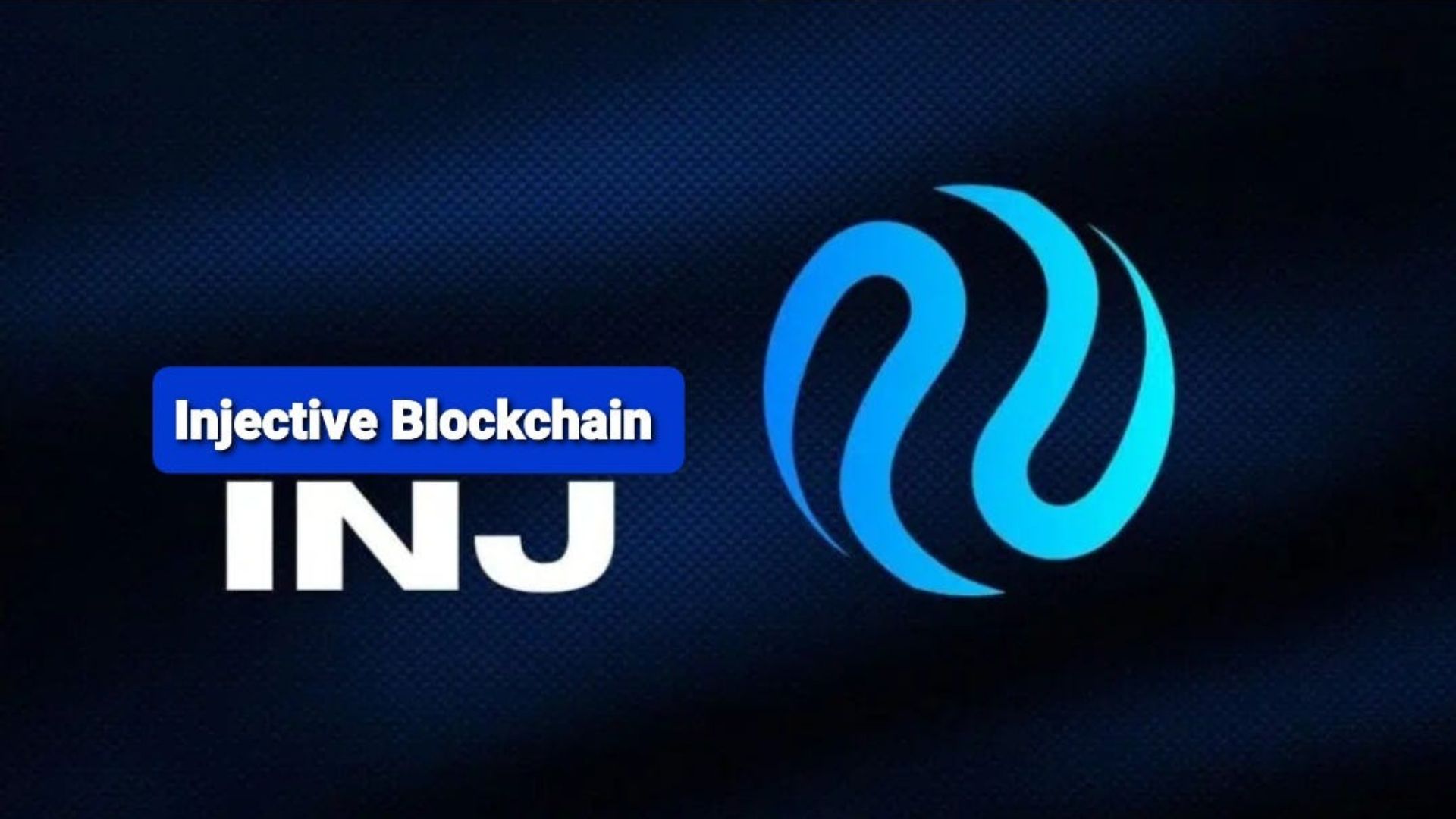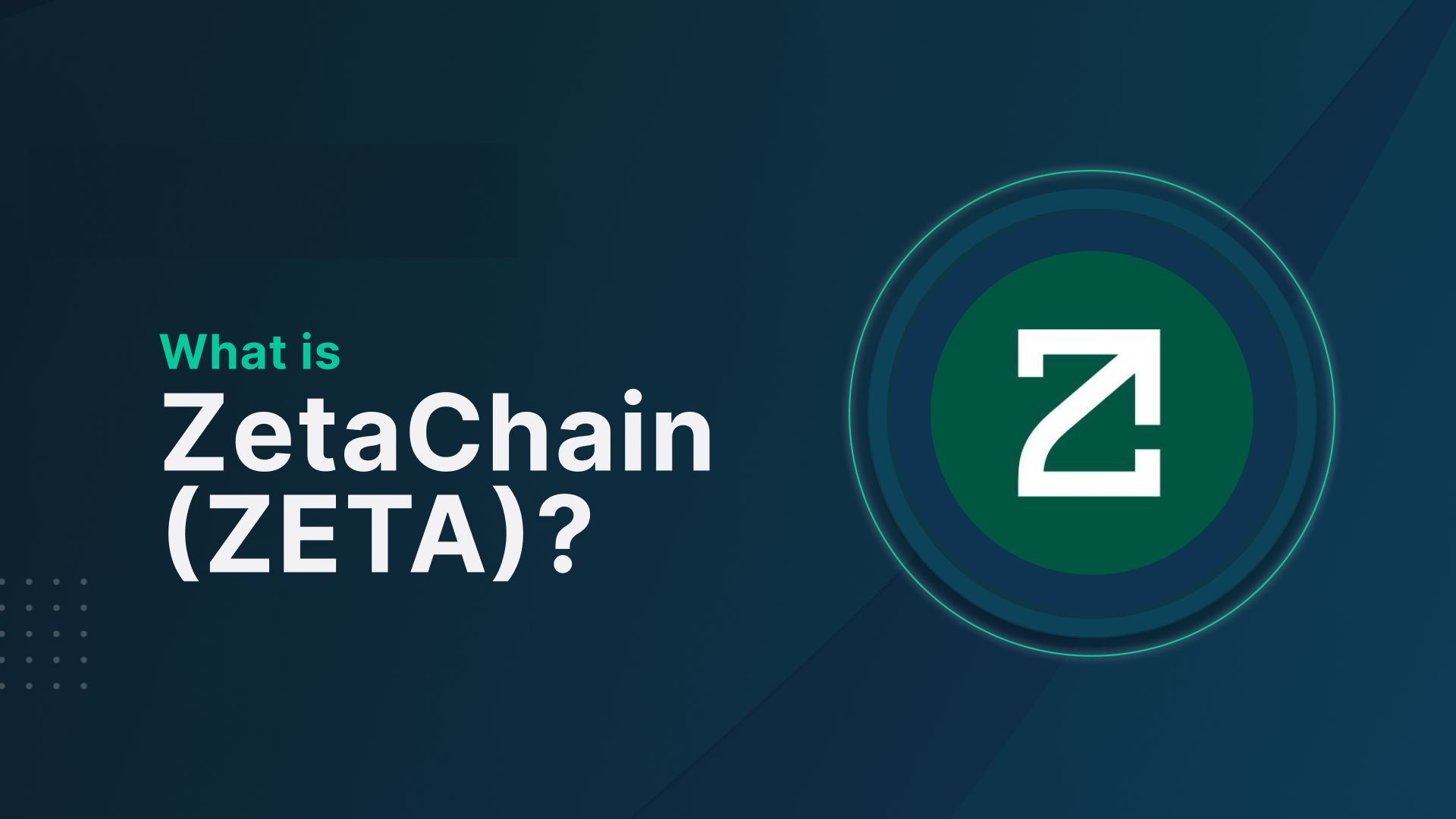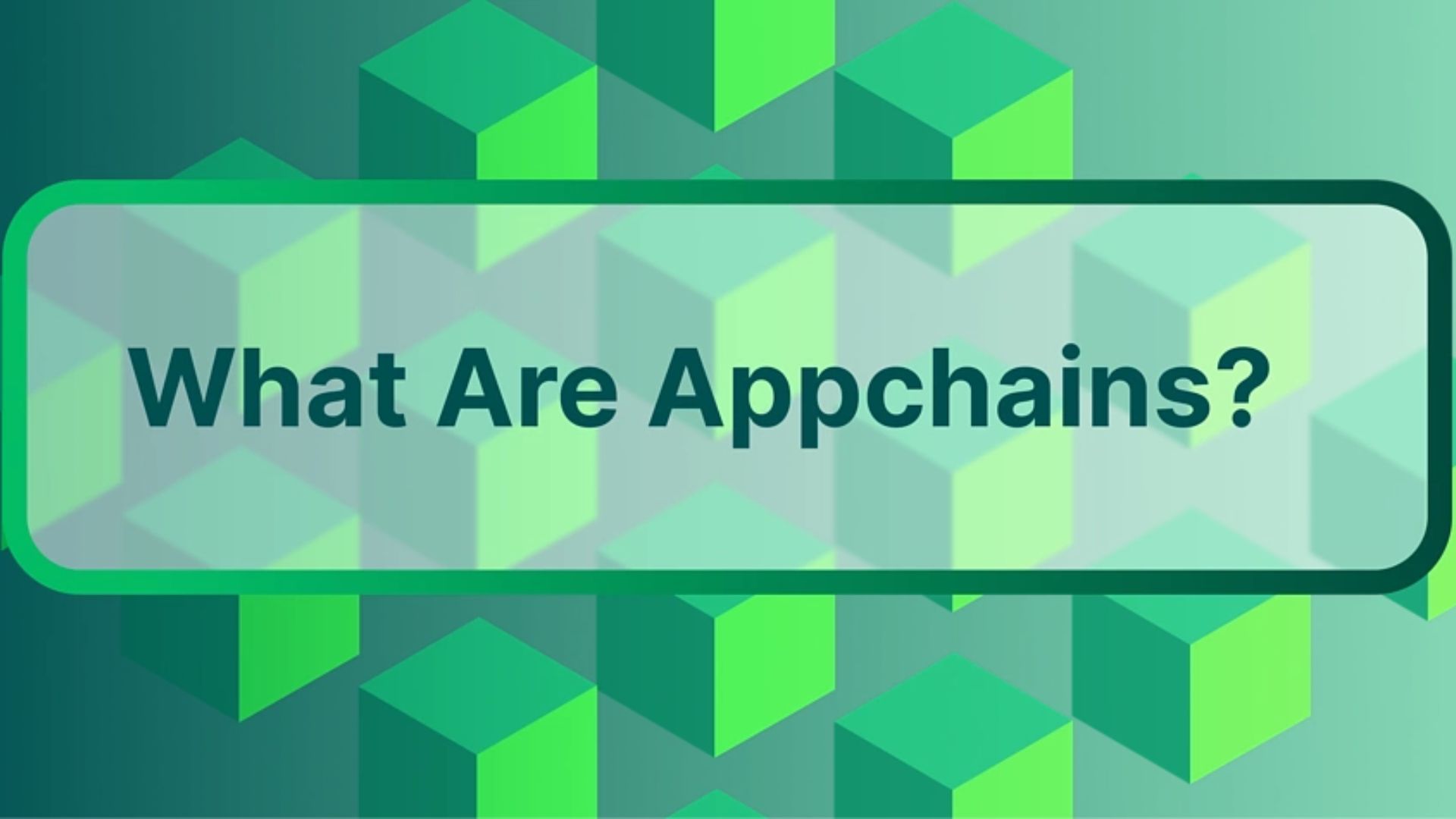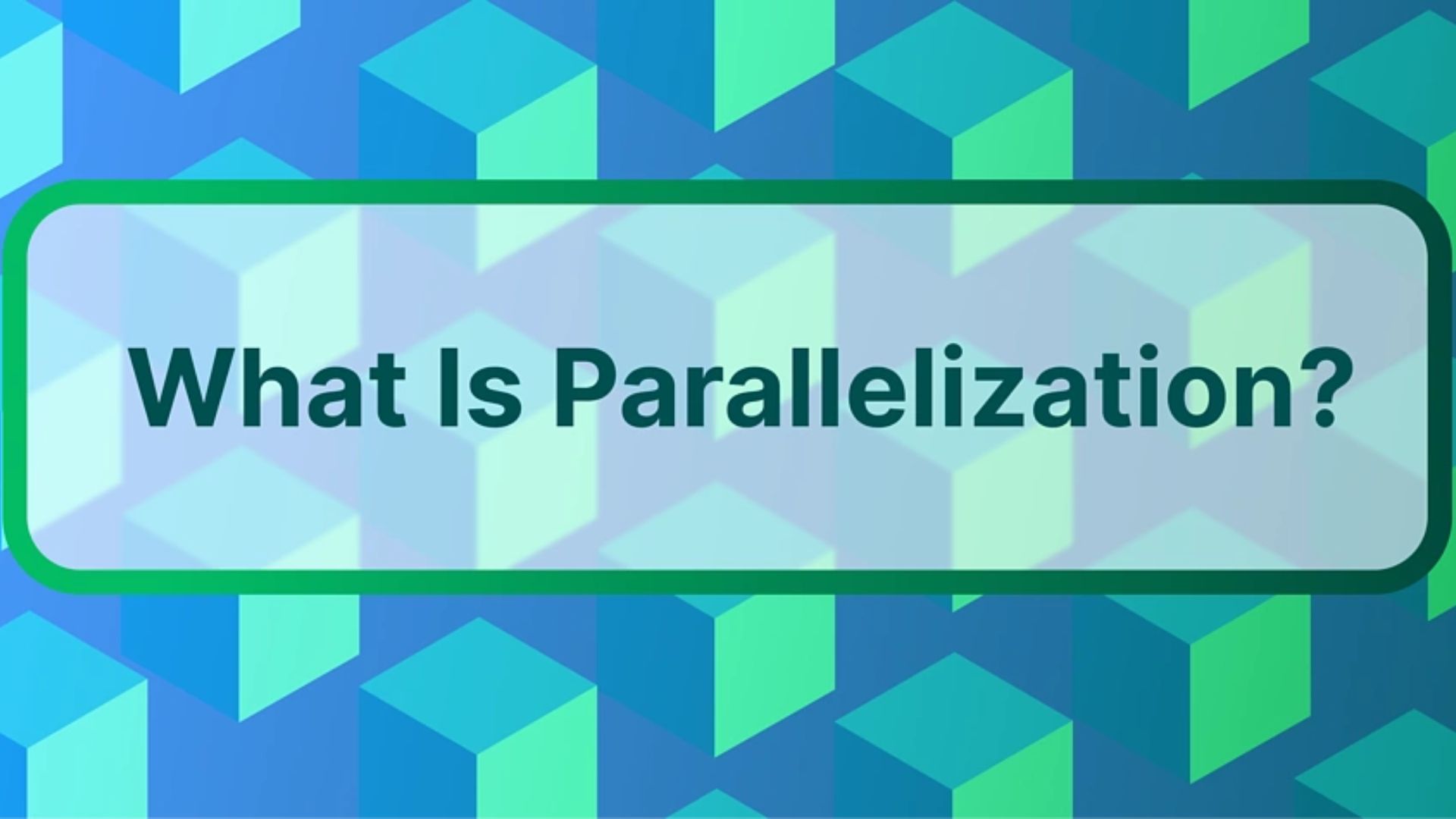What is Dymension (DYM)? Popular Blockchain Platform 2024
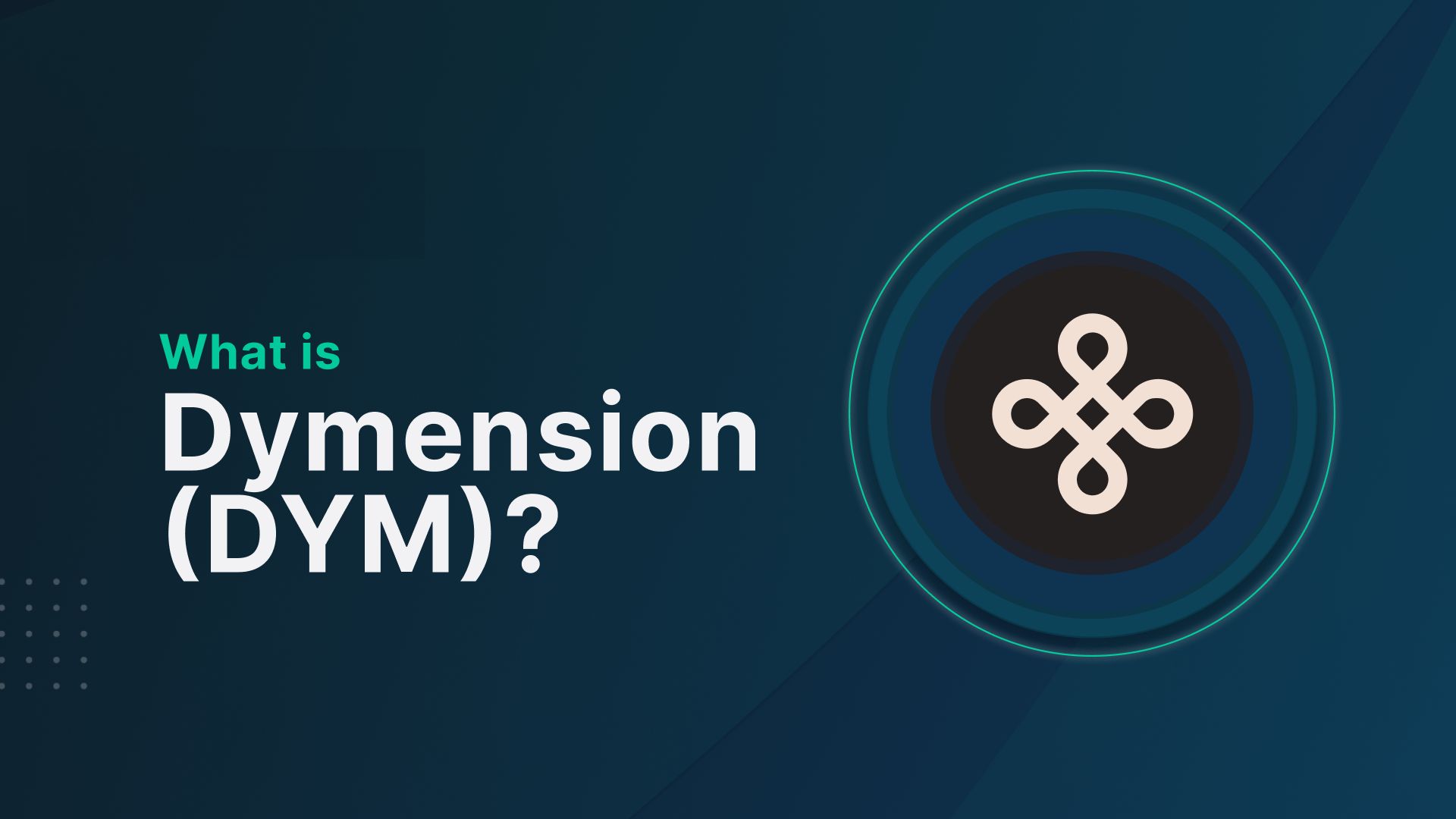
What is Dymension (DYM)? Popular Blockchain Platform 2024. A revolution in Web3 technology is being led by Dymension (DYM), which is creating a network of fast, modular blockchains known as RollApps. These RollApps provide a simplified method for developing various blockchain apps and are made to be readily deployable. The RollApp Development Kit (RDK), similar to the Cosmos SDK for RollApps and gives developers a complete toolkit to speed up the RollApp development process, is the core of Dymension’s invention.
“RollApp” comes from the blockchain technology phrase “rollups,” which refers to making blockchains more scalable by rolling up or batching several transactions into a single transaction. An essential part of the Dymension network is a “RollApp,” a new class of blockchain applications designed to be highly effective and adaptable.
Dymension (DYM) Explained
In the multichain Web3 domain, Dymension and its RollApps provide a unique solution that offers scalability, interoperability, and efficiency. With this creative strategy, Dymension is positioned to participate significantly in advancing blockchain technology and its uses in numerous industries.
RollApps aims to solve the blockchain’s scaling trilemma, which is finding a balance between decentralization, security, and scalability. Instead of producing blocks at predetermined intervals, RollApps have blocks on-demand using Elastic Block Production (EBP). By using this technique, the network load is significantly reduced, and efficiency is increased because blocks are only created when there are transactions to be processed. Because it prevents needless resource consumption, this is especially advantageous during times of low activity.
RollApps’ modular design enables custom solutions for specific use cases, which helps maximize transaction performance. Rather than using a one-size-fits-all strategy, each RollApp can be tailored to meet the needs of its unique application. The Dymension network’s validators, who employ a Delegated Proof of Stake (DPoS) mechanism, safeguard RollApps. They also use an optimistic roll-up technique, in which state root updates are accepted optimistically by the Dymension Hub, but they can be undone if they are later shown to be false. This allows the network to dispute and fix fraudulent or inaccurate transactions, adding protection.
RollApps solve the blockchain scaling trilemma by promoting decentralization through interoperability and community involvement, preserving strong security through DPoS and fraud proofs, and enhancing scalability through effective and optimized block production. This is made possible by their distinctive architecture and integration with the Dymension network. RollApps addresses these issues and significantly advances the creation of safe, scalable, decentralized applications (DApps).
How Dymension Works
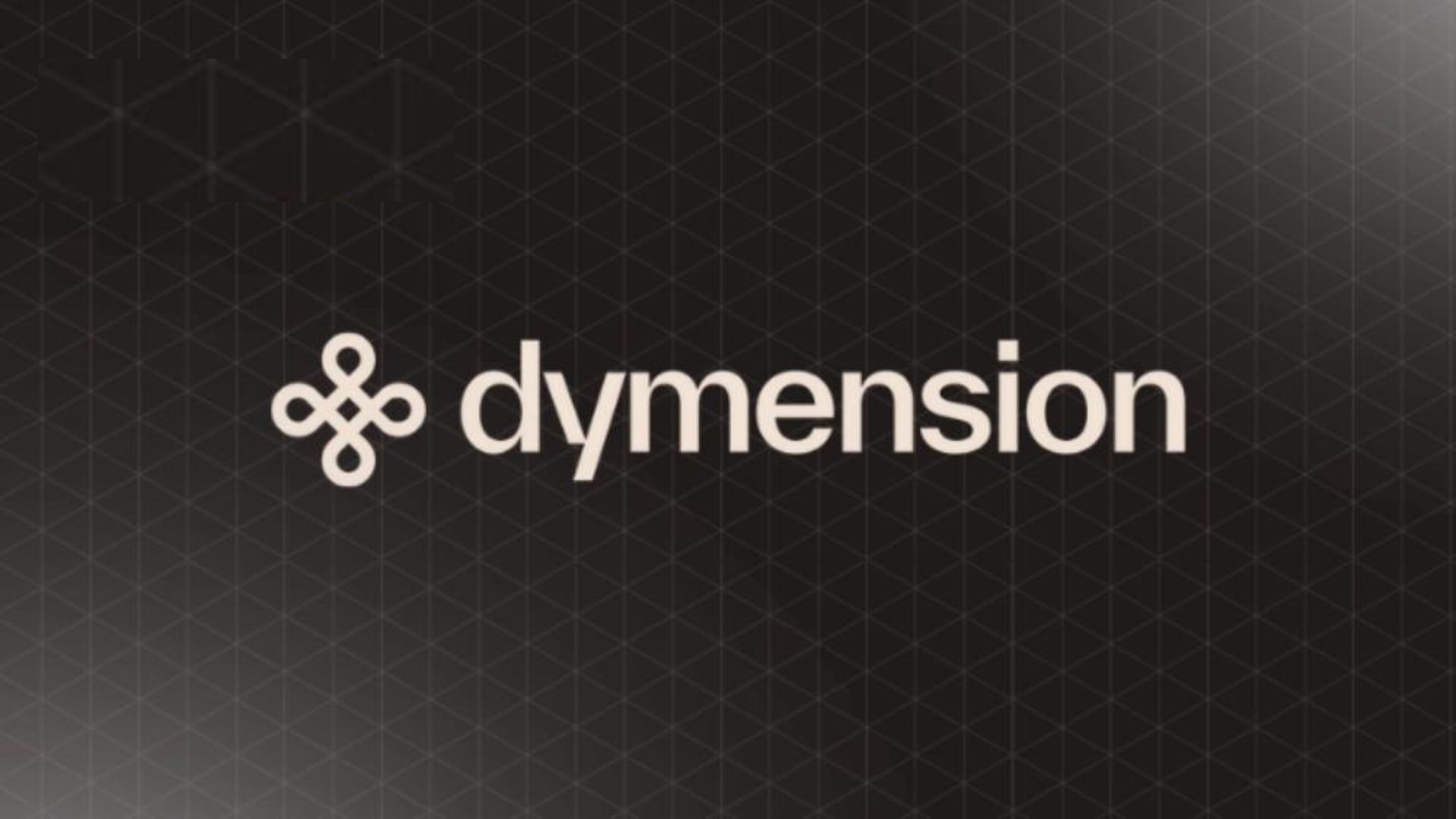
A key component of Dymension’s operation is the utilization of RollApps. These are effectively discrete, Dymension network-deployed blockchains (rollups) tailored to various use cases, each with customization and optimization. RollApps are essentially discrete, Dymension-based, application-specific blockchains (rollups) that generate blocks dynamically based on network activity through EBP.
The RDK is like the Cosmos SDK but designed explicitly for RollApp development. It makes creating RollApps easier by offering pre-built modules and required tools. Specific modifications like Epochs and specialized Mint modules are available in addition to the standard Cosmos SDK modules like Bank, Gov, Upgrade, and IBC. By serving as a hub connecting distinct RollApps (spokes), Dymension facilitates communication and interoperability across diverse blockchain ecosystems. Through the Dymension Hub, RollApps can communicate with other IBC-enabled chains, enabling a smooth cross-chain experience.
Within a RollApp, sequencers are responsible for processing, sorting, and validating transactions. When a transaction is submitted, they instantly update its status. Using an optimistic approach to state validation, sequencers batch and publish transaction blocks to peer nodes and on-chain data availability networks. Using a promising approach to state validation, sequencers batch and publish transaction blocks to peer nodes and on-chain data availability networks. The Hub can reverse any state transition to preserve network integrity if fraud-proof proves invalid.
Dymension uses a DPoS consensus mechanism based on Tendermint and the Cosmos SDK. In addition to permitting links to external blockchains, it guarantees network security. Dymension validators preserve the network’s decentralization and security by participating in block production. Staking, governance, transaction processing, and cross-chain value transfer all depend on the DYM coin. To balance token supply and inflation, Dymension’s economic model dynamically modifies DYM issuance based on staking ratios and network activity.
RollApps employs a dispute resolution process for security and an escrow inter-blockchain (IBC) mechanism for bridging to facilitate effective cross-chain asset transfers. The Dymension Hub has an integrated Automated Market Maker (AMM) that makes asset routing and liquidity provisioning for RollApps easier.
Why is Dymension Unique?
First off, Dymension’s core idea of RollApps is a revolutionary development. RollApps are modular blockchains tailored to specific applications, running on top of the Dymension network. Without the limitations of a one-size-fits-all blockchain, developers can design custom blockchain solutions for specialized use cases, such as DeFi and gaming or social media applications, thanks to this modular architecture.
RollApps is unique in that it can delegate the work of obtaining an agreement to the Dymension Hub. This lets RollApps take advantage of the security and decentralization of the Dymension network while concentrating on functionalities specific to individual applications. The RollApp Development Kit (RDK) further streamlined the development process, similar to the Cosmos SDK but made explicitly for RollApp creation. It simplifies developers to swiftly implement scalable and effective blockchain systems by providing pre-built modules and tools. This method solves the trilemma surrounding blockchain technology by providing scalability and personalization without sacrificing decentralization or security.
Second, Dymension stands out in the Web3 arena thanks to its distinct interoperability strategy. Dymension functions as a hub that connects distinct RollApps, facilitating smooth interoperability and communication between various blockchain ecosystems, in contrast to typical blockchain platforms that operate in silos. RollApps can securely move value and data between chains thanks to its interaction with the Inter-Blockchain Communication (IBC) protocol. With the help of this functionality, Dymension may be positioned as a layer that unifies the disjointed blockchain environment and makes the Web3 experience seamless and integrated.
Additionally, the platform uses elastic block production (EBP) to guarantee that blocks are generated effectively in response to network activity, which lowers RollApp Sequencer operating costs and improves user experience overall. Dymension’s integration of these capabilities not only addresses the issues of scalability and interoperability but also promotes a more open and accessible Web3 environment by allowing developers to take advantage of the advantages of several blockchains within a single framework.
What is the Dymension Ecosystem?

Within the larger blockchain world, the Dymension ecosystem is a dynamic and expansive network of modular blockchains, or RollApps, that combine to build a varied and quickly expanding landscape. Numerous necessary measures that represent the activity and growth of this ecosystem are used to quantify and characterize it. First off, 10,720,391.5 DYM is the Total Value Locked (TVL) in RollApps, which is an essential measure of user trust and the ecosystem’s financial stability. TVL calculates the total worth of the assets placed in the different RollApps, indicating their usefulness and ubiquity in the Dymension ecosystem. The 7-day percentage change in TVL offers information on the ecosystem’s short-term tendencies of expansion or contraction.
With 1,071 listed and 13,143 deployed, the quantity of RollApps highlights the scalability and simplicity of RollApp creation in Dymension. This high number of deployments highlights the adaptability and developer-friendly character of the Dymension ecosystem, reflecting the platform’s capacity to meet a broad range of use cases and needs.
With 10,120,673 total inter-blockchain communication (IBC) transfers, Dymension has enabled high interoperability and cross-chain interactions. This indicator underscores Dymension’s role in fostering interconnected blockchain operations by showing the volume and frequency of assets and information being transferred across various blockchain networks within the ecosystem.
Finally, the Dymension ecosystem’s user population and level of community interaction can be inferred from the 583,312 Total Active Addresses statistics. The distinct wallet addresses that have interacted with the RollApps are represented in this figure, which indicates the degree of acceptance and involvement in the ecosystem.
What is the DYM Token?
The native digital currency of the Dymension network is called the DYM token. A flexible and essential part of the Dymension ecosystem, the DYM coin performs several functions, including network security, governance, and interoperability between blockchain networks. Its architecture seeks to balance the interests of many ecosystem participants, encouraging involvement, network security, and long-term expansion.
- Dymension uses a Delegated Proof-of-Stake (DPoS) architecture, in which validators handle network security and transaction processing. To reward network security and integrity, these validators stake DYM tokens or have token holders assign them tokens. Validators are compensated for their network contributions with DYM tokens.
- Owners of DYM tokens are entitled to governance rights, which let them take part in choices on how the Dymension ecosystem will evolve in the future. This involves casting votes on plans for policy modifications, network enhancements, and resource distribution within the ecosystem.
- DYM tokens make transactions and interactions across many blockchain networks easier, as Dymension places a strong emphasis on interoperability and cross-chain communication. This involves covering the price of asset transactions and cross-chain data.
- DYM tokens are usable in the framework of Dymension’s Automated Market Maker (AMM), which is integrated into the hub. In exchange for their contributions to liquidity pools, token holders may get compensation for facilitating the ecosystem’s efficient asset exchange and price discovery.
- DYM token supply is dynamic and susceptible to algorithmic changes based on staking patterns. To strike a balance between token supply and network security, the pace at which new tokens are issued is modified based on the percentage of DYM tokens that are staked.
